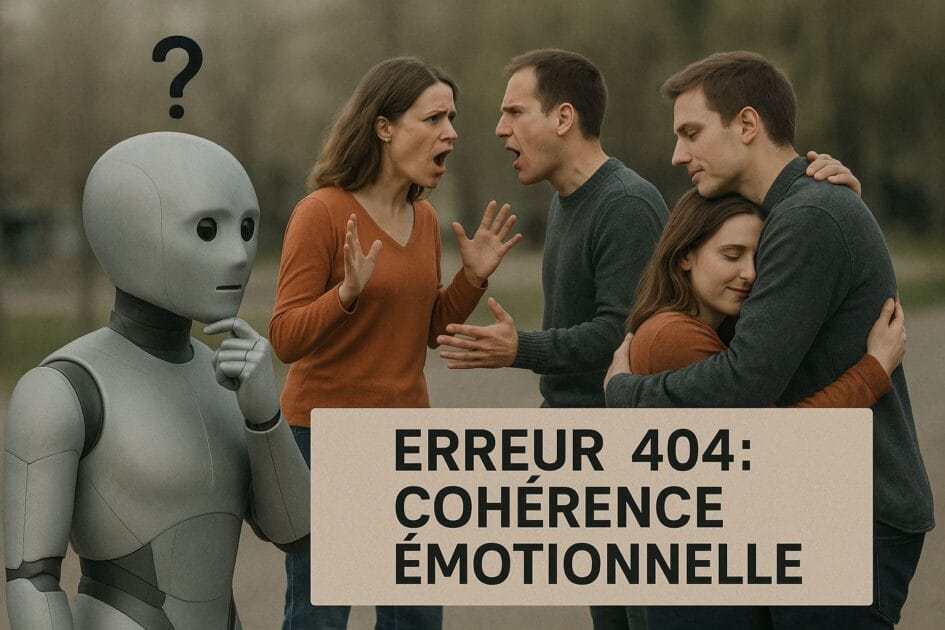
Artificial intelligence continues to make remarkable progress, yet one significant challenge remains: understanding human social interactions. A recent study highlights that while AI can easily recognize objects or faces in still images, it struggles to interpret and describe social interactions in dynamic, moving scenes. This gap reveals a major limitation in AI’s ability to grasp the complexities of human communication.
Examining AI’s Understanding of Social Interactions
Researchers conducted a large experiment involving over 350 AI models specializing in video, image, or language processing. These AI systems were shown brief, three-second video clips illustrating different social situations. Meanwhile, human volunteers rated the intensity of the interactions on a scale from 1 to 5, based on multiple criteria. The goal was to compare how humans and AI interpret social behavior and to pinpoint where AI falls short.
Blind Spot in AI Perception
Human participants showed remarkable agreement in their assessments, reflecting a shared and nuanced understanding of social cues. In contrast, AI models struggled to match this level of insight. Video-based AI models performed the worst, often failing to accurately describe what was happening. Even image-based models, which analyzed several frames from each video, had difficulty determining whether characters were interacting or simply present together.
Language models performed slightly better, especially when provided with human-written descriptions, yet they still lagged far behind human observers. This reveals a clear blind spot in AI’s ability to decode the subtle signals present in social interactions.
Challenges in Real-World AI Applications
Experts say this limitation poses a serious challenge for deploying AI in everyday settings. For example, a self-driving car must interpret the intentions and movements of pedestrians and other drivers. It needs to predict when a pedestrian will cross the street or whether two people are engaged in a conversation. Without understanding these social cues, AI systems cannot interact safely and effectively with humans.
“AI for a self-driving car, for example, would need to recognize the intentions, goals, and actions of human drivers and pedestrians. You would want it to know which way a pedestrian is about to start walking, or whether two people are in conversation versus about to cross the street,” a lead researcher explained. “Any time you want an AI to interact with humans, you want it to be able to recognize what people are doing. I think this [study] sheds light on the fact that these systems can’t right now.”
Why AI Struggles with Social Scenes
This shortcoming could be traced back to how AI neural networks are designed. Most draw inspiration from parts of the human brain that specialize in processing static images. However, interpreting dynamic social scenes requires different brain regions that handle movement and context over time. This fundamental mismatch creates what researchers call a “blind spot in AI model development.”
“Real life isn’t static. We need AI to understand the story that is unfolding in a scene,” said a co-author of the study. This insight emphasizes the need for AI to evolve beyond analyzing isolated frames and start understanding sequences as meaningful social interactions.
The Gap Between Humans and Machines
In the end, this research exposes a significant gap between human perception and AI capabilities. Despite their impressive computing power and access to vast data, AI systems still cannot grasp the subtle intentions and unspoken signals that govern human social behavior. While artificial intelligence has advanced tremendously, it remains far from fully understanding the intricate nature of human interactions.
For more news and updates on AI and human social interactions, visit Filipinokami.com.

